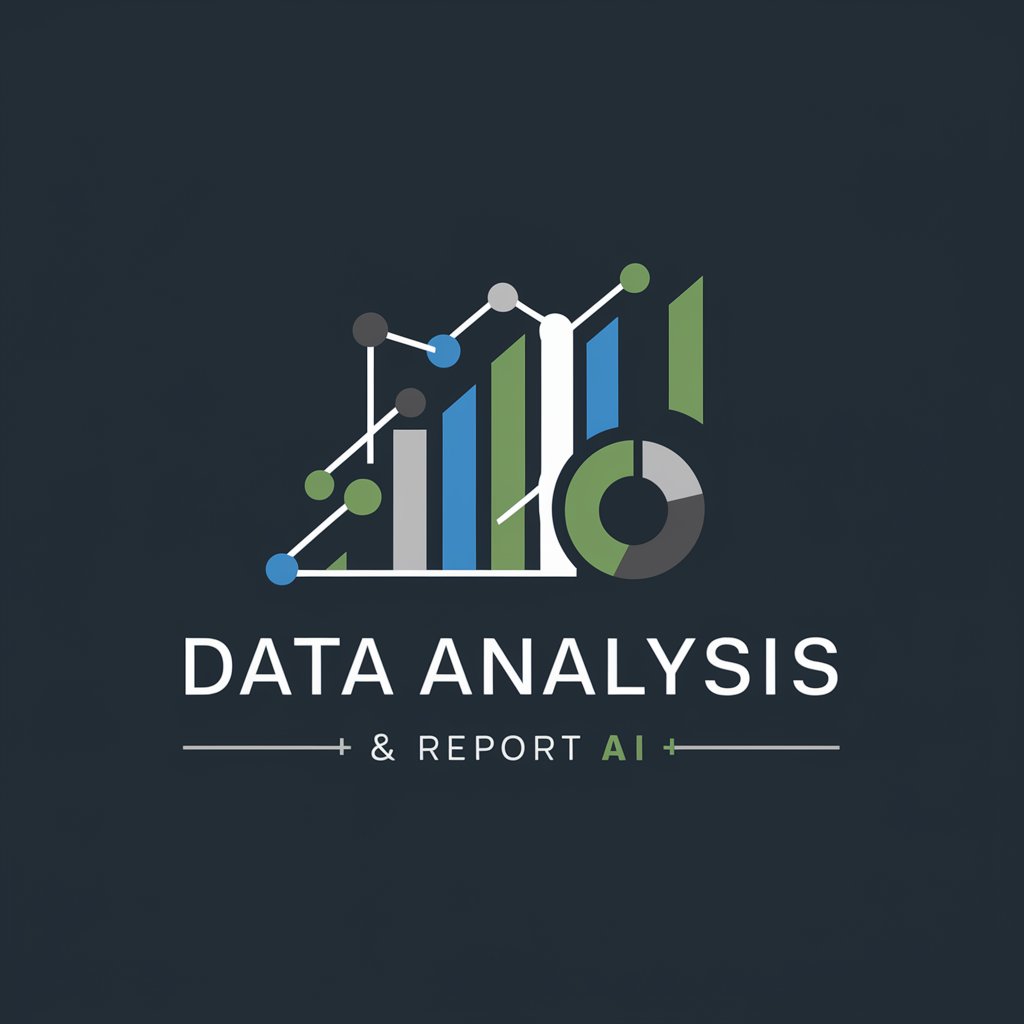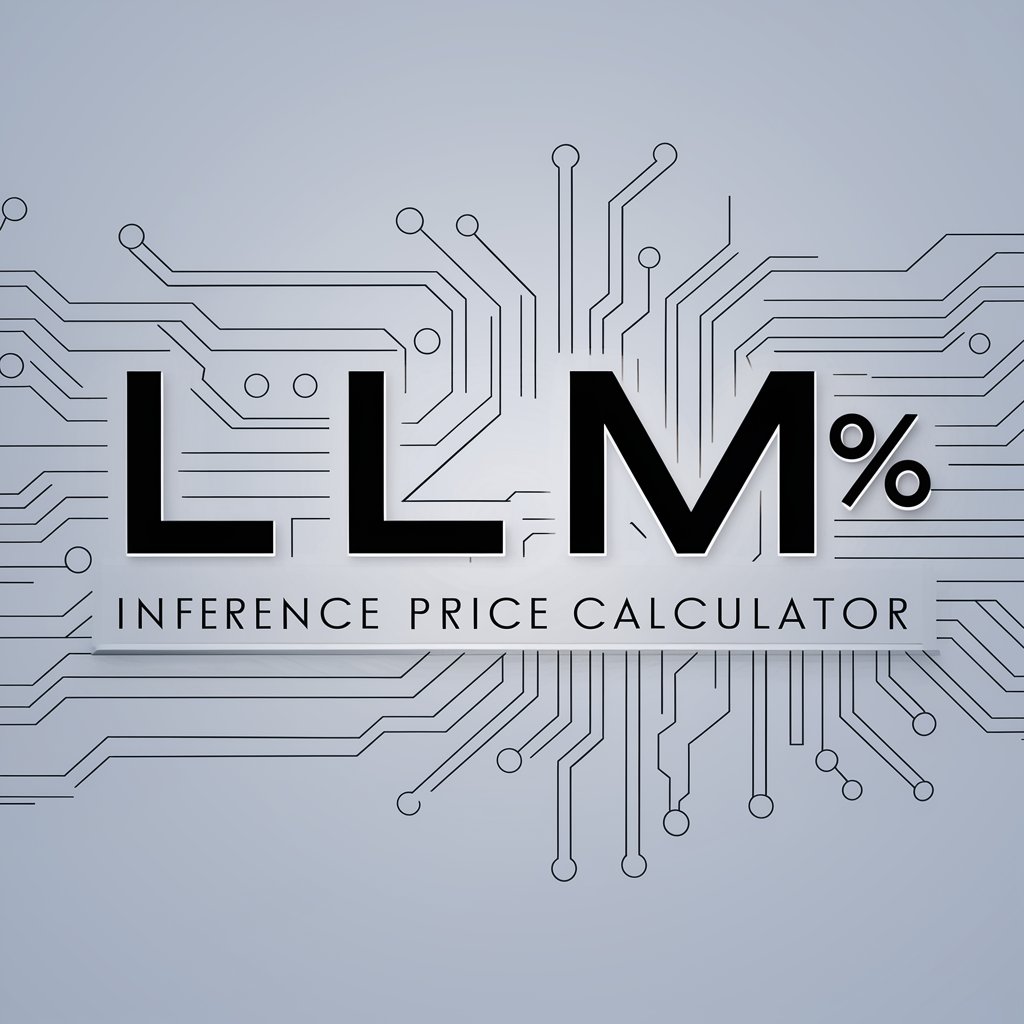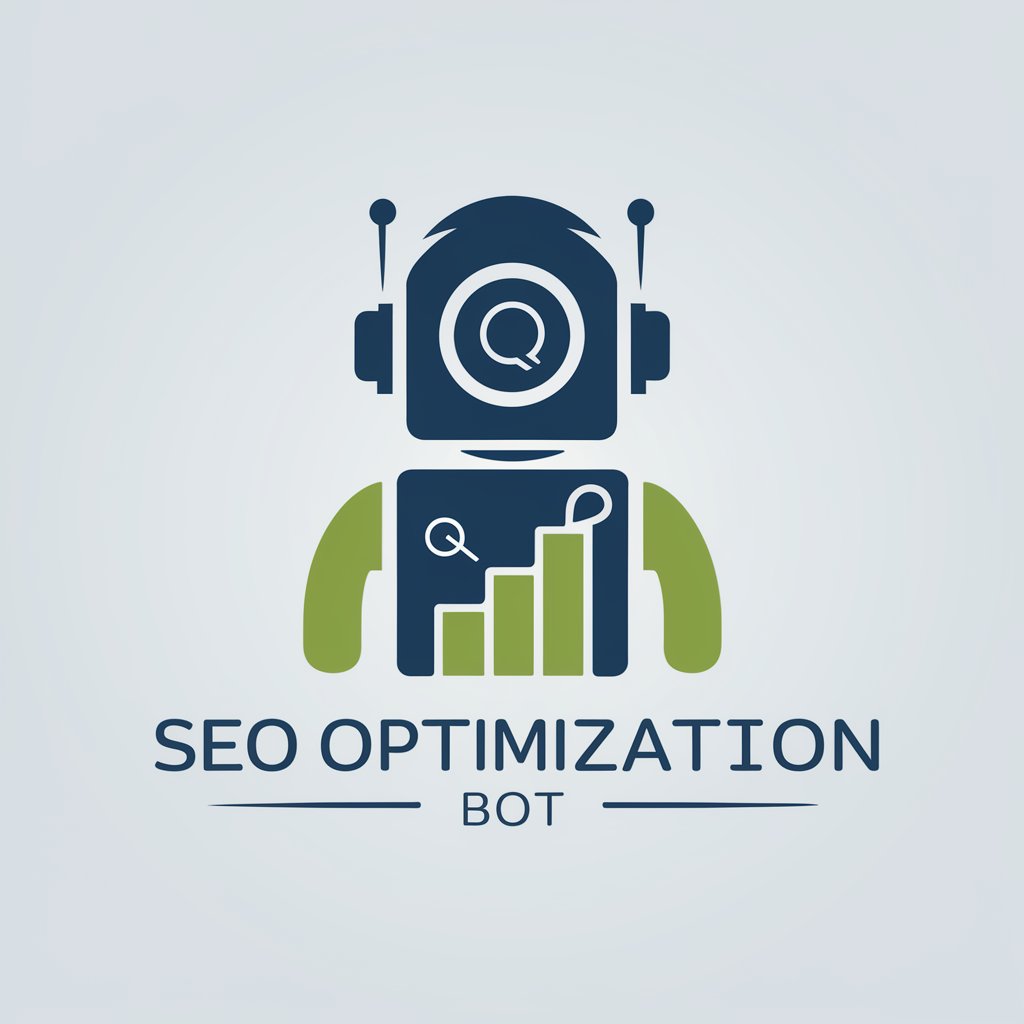AI Data Analysis - AI-Powered Analysis

Welcome to Data Analysis & Report AI +. Let's explore your data together!
Unveil Insights with AI Analysis
Analyze the correlation between...
Create a visualization that shows...
Interpret the results of the regression analysis on...
Explore trends in the dataset regarding...
Get Embed Code
AI Data Analysis: An Overview
AI Data Analysis encompasses the use of artificial intelligence (AI) technologies to examine, interpret, and derive meaningful insights from vast amounts of data. This field integrates machine learning, statistical methods, and automated algorithms to process and analyze data more efficiently than traditional methods. By identifying patterns, trends, and correlations within datasets, AI Data Analysis enables businesses and organizations to make data-driven decisions. For example, in the healthcare sector, AI Data Analysis can predict patient outcomes by analyzing medical records and imaging data, leading to personalized treatment plans. In the retail industry, it can optimize inventory management by forecasting product demand based on historical sales data and current market trends. Powered by ChatGPT-4o。

Core Functions of AI Data Analysis
Predictive Analytics
Example
Forecasting customer behavior in the retail industry
Scenario
By analyzing past purchasing data and customer interactions, AI Data Analysis predicts future buying trends, enabling retailers to tailor marketing strategies and stock inventory accordingly.
Natural Language Processing (NLP)
Example
Sentiment analysis in social media monitoring
Scenario
NLP techniques are applied to analyze social media content, identifying public sentiment towards products, brands, or events. This allows companies to gauge consumer attitudes and adjust their strategies in real time.
Anomaly Detection
Example
Fraud detection in financial transactions
Scenario
AI algorithms analyze transaction patterns to identify unusual behavior that may indicate fraud. This helps financial institutions prevent unauthorized access and protect their customers' assets.
Data Visualization
Example
Interactive dashboards for business intelligence
Scenario
Complex data is transformed into intuitive, interactive visualizations, allowing decision-makers to easily understand trends, outliers, and patterns, facilitating quicker and more informed decisions.
Target Users of AI Data Analysis Services
Business Executives
Executives benefit from AI Data Analysis by obtaining clear insights into market trends, operational efficiency, and customer preferences, aiding in strategic planning and competitive analysis.
Data Scientists and Analysts
These professionals use AI Data Analysis to automate routine data processing, apply complex algorithms for predictive analytics, and derive deeper insights from data, improving productivity and analytical outcomes.
Healthcare Providers
AI Data Analysis tools enable healthcare providers to analyze patient data, improve diagnostic accuracy, and personalize treatment plans, enhancing patient care and operational efficiency.
Marketing Professionals
By leveraging AI to analyze consumer data, marketing professionals can craft targeted campaigns, predict customer behavior, and measure campaign effectiveness, optimizing marketing spend and impact.

Guidelines for Using AI Data Analysis
Start with a Free Trial
Begin your journey by visiting a platform offering AI Data Analysis without the need for signing up or subscribing to premium services, ensuring a risk-free trial.
Prepare Your Data
Ensure your data is organized and clean. This might involve structuring your data in a compatible format, removing duplicates, and handling missing values for accurate analysis.
Choose Your Analysis Type
Select the type of analysis you need based on your data and objectives. Options include predictive modeling, trend analysis, or customer segmentation among others.
Analyze and Interpret Results
Use the platform to run your analysis. Once completed, review the results, leveraging AI's capability to interpret and provide insights into the data.
Apply Insights
Use the insights gained from the analysis to inform your decisions. This could involve optimizing business processes, enhancing strategies, or improving customer experiences.
Try other advanced and practical GPTs
Fintech UDAAP ComplianceGPT by Tennis Finance
AI-powered Compliance Analysis for Fintech

LLM Inference Price Calculator
Effortlessly Compare AI Model Costs

Starfleet Captain Simulator
Mastering command in the face of inevitable defeat.

AnnoyingGPT
Expertly Crafted Annoyance at Your Fingertips

Reputation Guardian
Guarding your reputation with AI insight

StratComm Intern Bot
Empowering employee engagement through AI.

SEO Optimization Bot
Empowering SEO with AI Insight

Market Insight
Empowering decisions with AI-driven market insights.

Copy Cat Carlos
Elevate Your Tweets, Maximize Engagement

間違い探しをつくーる
Crafting Custom Anime Puzzles with AI

Bollywood Banter
Your AI-powered Bollywood Cinema Guide

Roald Dahl's Imaginarium
Igniting creativity with AI-powered storytelling

Frequently Asked Questions About AI Data Analysis
What is AI Data Analysis?
AI Data Analysis refers to the use of artificial intelligence algorithms to analyze data, identifying patterns, trends, and relationships that might not be apparent to human analysts.
Can AI Data Analysis predict future trends?
Yes, through predictive analytics, AI Data Analysis can forecast future trends based on historical data, helping businesses and researchers make informed decisions.
How does AI Data Analysis improve decision-making?
By providing data-driven insights and uncovering hidden patterns, AI Data Analysis helps stakeholders make more informed, accurate, and objective decisions.
Is AI Data Analysis suitable for all industries?
Absolutely, AI Data Analysis has applications across various industries, including finance, healthcare, retail, and more, offering tailored insights based on specific industry data.
What are the prerequisites for using AI Data Analysis?
Users should have a basic understanding of their data and analysis objectives. Access to clean, structured data is also crucial for effective analysis.
